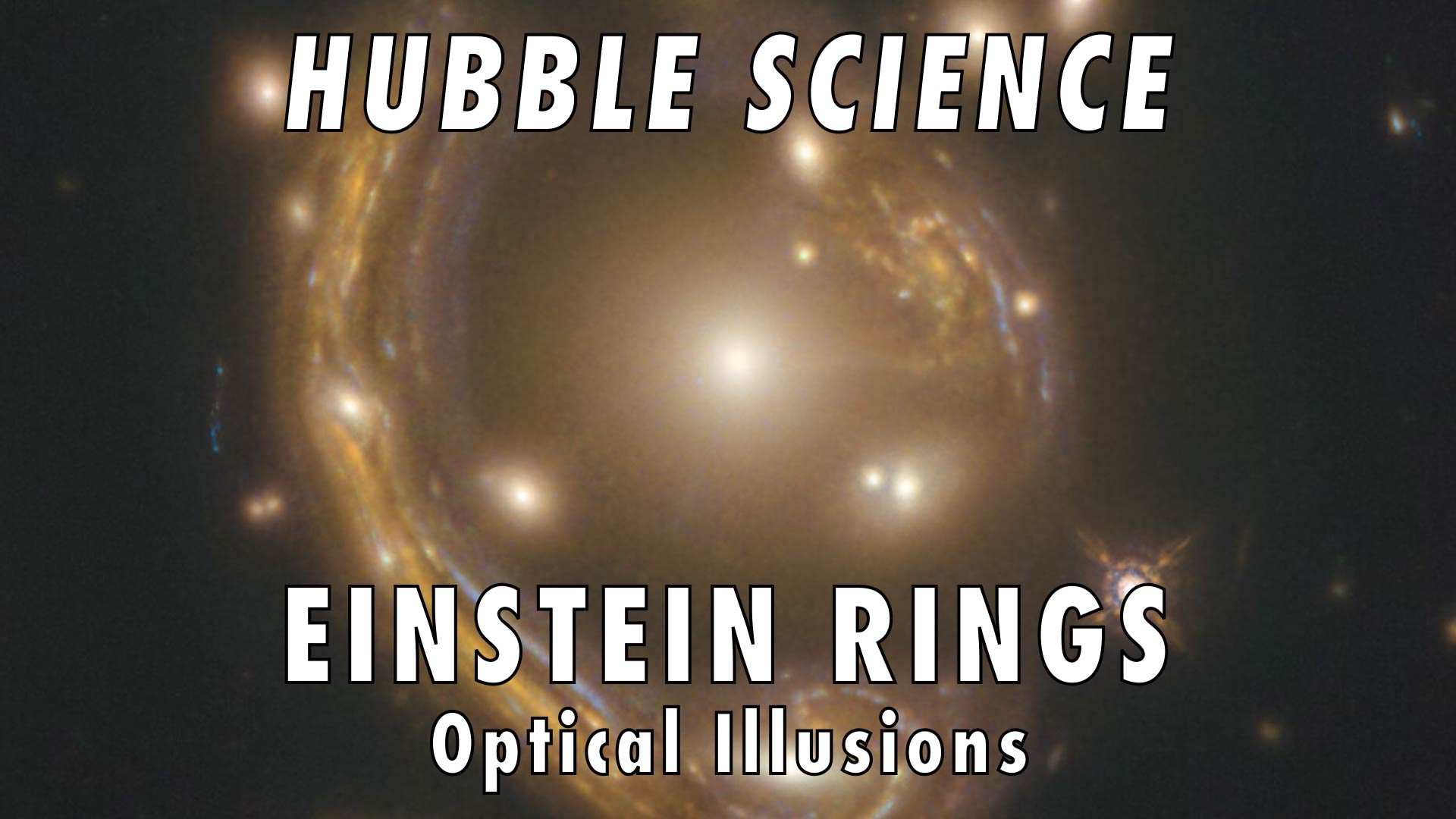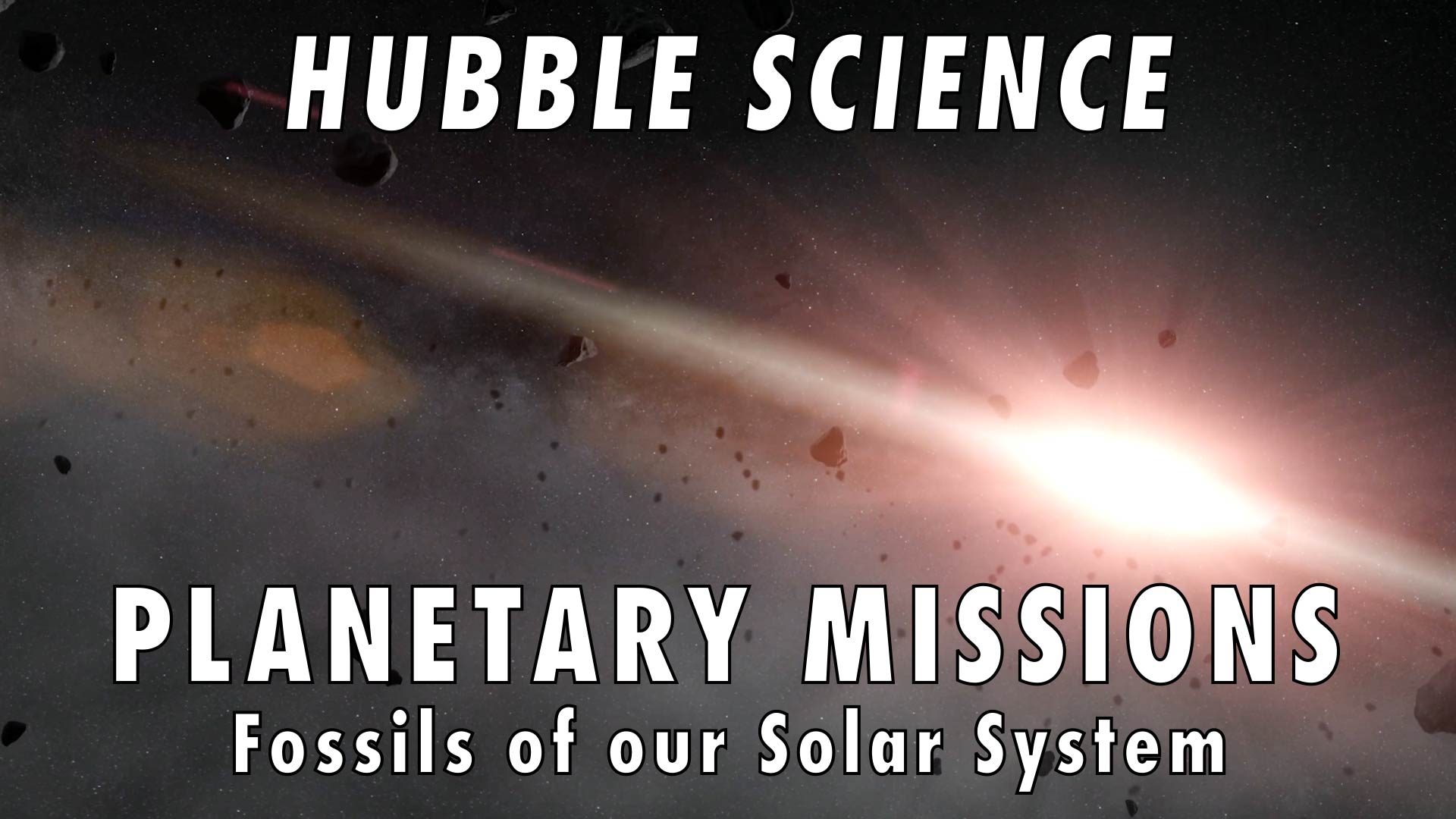Hubble Science: Multiwavelength Astronomy, The Big Picture
Until the 20th century, astronomers learned virtually all they knew about sources in the sky from only the tiny fraction of electromagnetic radiation that is visible to the eye.
However, as astronomers have discovered how to collect radiation outside this part of the spectrum, they have been able to learn much more about the universe. Many objects reveal different aspects of their composition and behavior at different wavelengths. Other objects are completely invisible at one wavelength, yet are clearly visible at another.
In this video, Dr. Padi Boyd explains the exciting future of multiwavelength astronomy and how important Hubble is to exploring the mysteries of the universe.
For more information, visit https://nasa.gov/hubble.
Credit: NASA's Goddard Space Flight Center
Producer & Director: James Leigh
Editor: Lucy Lund
Director of Photography: James Ball
Additional Editing & Photography: Matthew Duncan
Executive Producers: James Leigh & Matthew Duncan
Production & Post: Origin Films
Video Credit:
Hubble Space Telescope Animation
Credit: M. Kornmesser (ESA/Hubble)
Electromagnetic Spectrum Graphic
Credit: NASA GSFC Conceptual Image Lab
James Webb Space Telescope Animation
Credit: NASA GSFC Conceptual Image Lab
Music Credit:
"Transcode" by Lee Groves [PRS], and Peter George Marett [PRS] via Universal Production Music
“Cosmic Call” by Immersive Music (Via Shutterstock Music)
Master Version
Horizontal version. This is for use on any YouTube or non-YouTube platform where you want to display the video horizontally.
Vertical Version
This vertical version of the episode is for IGTV or Snapchat. The IGTV episode can be pulled into Instagram Stories and the regular Instagram feed.
Credits
Please give credit for this item to:
NASA's Goddard Space Flight Center. However, please credit individual items as indicated above.
-
Producer
- James Leigh (Origin Films)
-
Support
- Paul Morris (KBR Wyle Services, LLC)
-
Technical support
- Aaron E. Lepsch (ADNET Systems, Inc.)
Release date
This page was originally published on Friday, July 28, 2023.
This page was last updated on Monday, April 3, 2023 at 4:49 PM EDT.


